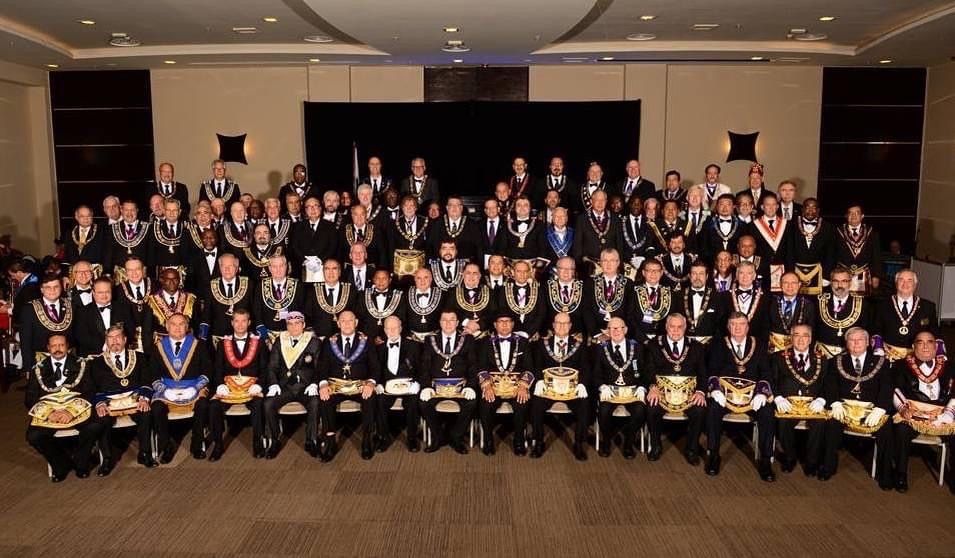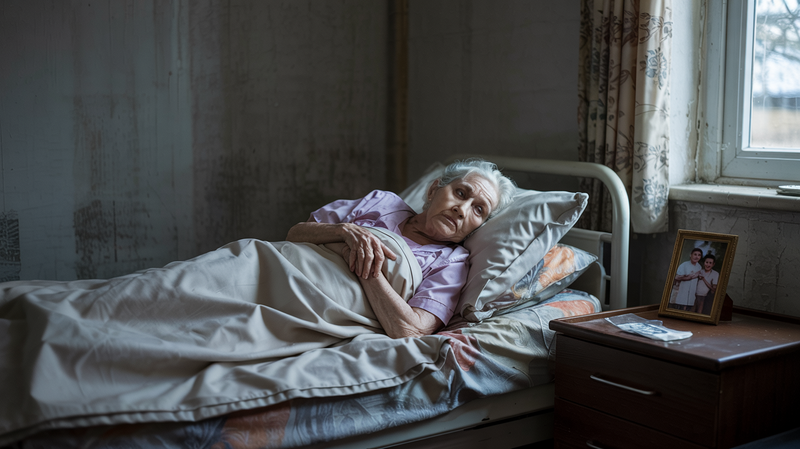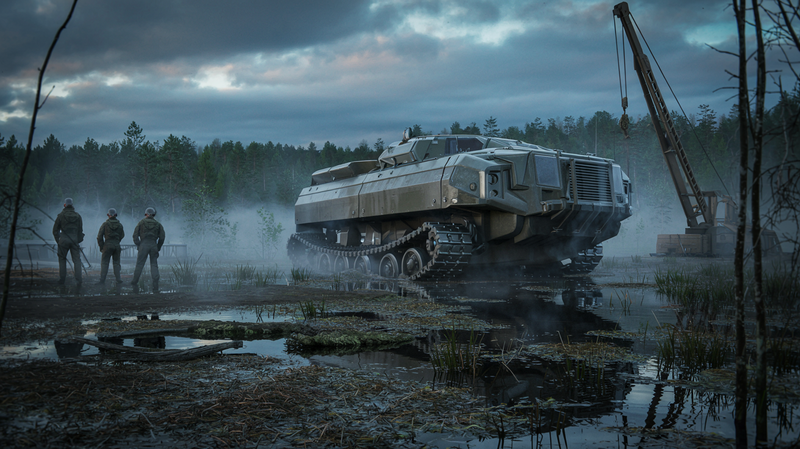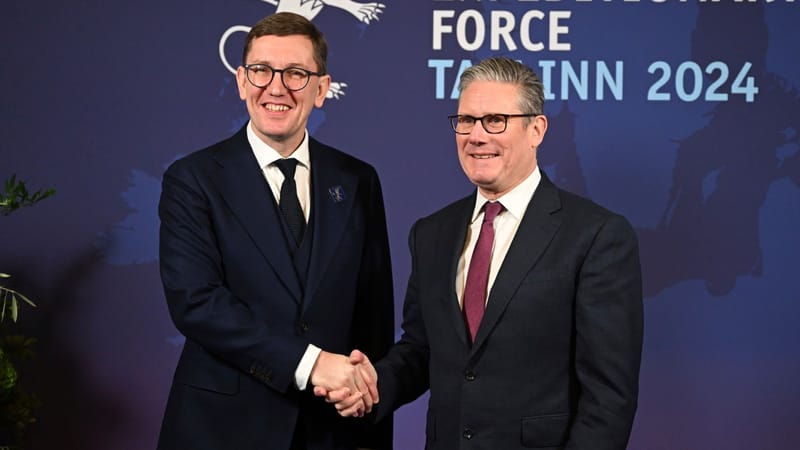Deciphering the Shadows: Is Modern Estonian Freemasonry an Extension of the Russian Grand Lodge?
The Freemasons: Symbols, Rituals, and Unusual Observances The Freemasons, also known as Masons, form one of the world's oldest and most renowned fraternal organizations. The group's origins date back to the stonemason guilds of medieval Europe, but their transformation into a modern fraternal society occurred during

The Freemasons: Symbols, Rituals, and Unusual Observances
The Freemasons, also known as Masons, form one of the world's oldest and most renowned fraternal organizations. The group's origins date back to the stonemason guilds of medieval Europe, but their transformation into a modern fraternal society occurred during the late 16th to early 17th century in Scotland and England. The organization is steeped in tradition, shrouded in mystery, and distinguished by its unique symbols, rituals, and observances.
Symbols and Their Meanings
Freemasonry is known for its abundant use of symbolism, which is used to impart moral and ethical lessons. Here are some of the most recognized symbols:
- Square and Compasses: This is arguably the most recognized symbol of Freemasonry. The square is said to symbolize morality, while the compasses symbolize the boundary an individual should maintain within society.
- All-seeing Eye: Also known as the Eye of Providence, this symbol signifies the omnipresence and watchfulness of the Supreme Being.
- Pillars: Two pillars, named Jachin and Boaz, are featured prominently in Masonic temples. They represent the pillars that stood at the entrance to King Solomon's temple, symbolizing establishment and strength.
Rituals and Observances
The rituals of Freemasonry serve as both initiations into ranks, known as 'degrees,' and moral instruction. While the specifics of the rituals are kept secret from non-members, some general aspects are known:
- Degree ceremonies: Freemasonry consists of three primary degrees: Entered Apprentice, Fellowcraft, and Master Mason. Each degree is conferred through a ritual ceremony involving allegorical plays, lectures, and symbolic gestures.
- Aprons: Masons wear lambskin aprons during their rituals. The apron symbolizes the purity of a Mason's life and actions.
- Handshakes and passwords: Freemasons use specific handshakes, words, and signs to recognize each other and establish their rank within the fraternity.
Unusual Observances
Freemasonry's observances sometimes seem unusual to outsiders due to their secretive nature and historical context.
- Secrecy: Masons are famously known for their secretive nature. Members are not allowed to disclose the specifics of their rituals and ceremonies. This secrecy has often led to speculation and conspiracy theories about the fraternity's activities.
- No Discussion of Religion and Politics: Freemasonry brings together men of different religious and political beliefs. To maintain harmony, discussions about religion and politics are generally prohibited during lodge meetings.
- Charitable Work: Masons are known for their extensive charitable work. While this might not be unusual per se, the scale and extent of their charity work are remarkable, ranging from funding medical research and educational scholarships to offering disaster relief.
The Freemasons, with their rich history, enigmatic rituals, and abundant symbolism, present a fascinating aspect of societal tradition. Despite being the subject of speculation and suspicion, they continue to thrive as an organization and have an influential role in communities around the globe.
Freemasonry is steeped in symbolism and certain hand gestures, or "signs," are an integral part of its tradition. While the Masonic fraternity uses these signs during their rituals, it's a topic of considerable debate whether these signs are actually used in a broader context, such as in media or public appearances, to communicate covert messages.
- The "Hidden Hand": One of the most recognized signs is the "Hidden Hand," in which one hand (usually the right) is placed partially or fully within one's shirt or jacket. This gesture allegedly traces back to the degree of the Master Mason.
- The "Sign of Distress": Also known as the "Grand Hailing Sign of Distress," this sign is made by raising both hands in the air. It's used in Masonic ritual as a sign of distress and a request for aid from fellow Masons.
- The "Sign of Preservation": This sign is made by placing the hand over the chest. It's used in rituals and represents the preservation of secrets.
- Handshakes: Masons use specific handshakes, or "grips," to identify each other. These handshakes differ by degree, and they are not typically used outside of Masonic contexts.
- Triangular or "Pyramid" Hand Sign: This sign is made by connecting the thumbs and index fingers of both hands to form a triangle or pyramid. While popular culture often associates this sign with Freemasonry, it's not actually a recognized Masonic sign.
It's important to note that while these signs are part of Masonic tradition, their use in public or media contexts is highly debated. Some believe that public figures use these signs to communicate their Masonic affiliation or send covert messages, while others argue that these are merely coincidences or misinterpretations.
Furthermore, most signs are part of specific rituals and their use outside of these contexts is generally frowned upon within the fraternity. It's also worth noting that Freemasonry values moral and civic virtue, and the misuse of these signs for deceitful purposes would be contrary to its principles.
In conclusion, while Freemasonry does employ a variety of signs and hand gestures, their alleged use in public or media contexts is more a topic of speculation and conspiracy theories than a recognized Masonic practice.
The Veil of Secrecy: Freemasonry in the Baltic States"
The Freemasons, an international fraternal organization known for its secretive nature and symbolic rituals, have a presence in various parts of the world, including the Baltic states - Estonia, Latvia, and Lithuania. However, as with Freemasonry globally, the exact membership numbers in these countries are shrouded in mystery.
In Estonia, the Grand Lodge was initially established in 1922, a period marked by the growth of Freemasonry in many parts of the world. However, the subsequent socio-political turmoil of the 20th century led to a period of dormancy. The Grand Lodge of Estonia was refounded in 1999, marking a revival of Freemasonry in the country. Despite this, the exact numbers of Estonian Freemasons remain undisclosed, in line with the organization's global policy of maintaining member privacy.
Freemasonry also has a presence in Latvia and Lithuania. Similar to Estonia, these countries have seen the ebb and flow of Freemasonry influenced by historical and political events. Precise membership numbers, once again, are not typically disclosed, adding to the enigmatic allure that often surrounds Freemasonry.
While the secrecy of the Freemasons can lead to speculation and intrigue, it's important to remember that the organization's primary focus is on promoting moral and social virtues among its members. The Masonic lodges in the Baltic states, like their counterparts worldwide, are part of a centuries-old tradition that values brotherhood, charity, and moral integrity. Despite the veil of secrecy, their impact on society is often visible through various charitable and community activities.
The influence and membership of Freemasonry in the Baltic states, as in other parts of the world, remain veiled in mystery. As the organization continues its work in the 21st century, the precise scale of its presence in these countries remains part of the enigmatic allure of Freemasonry.




